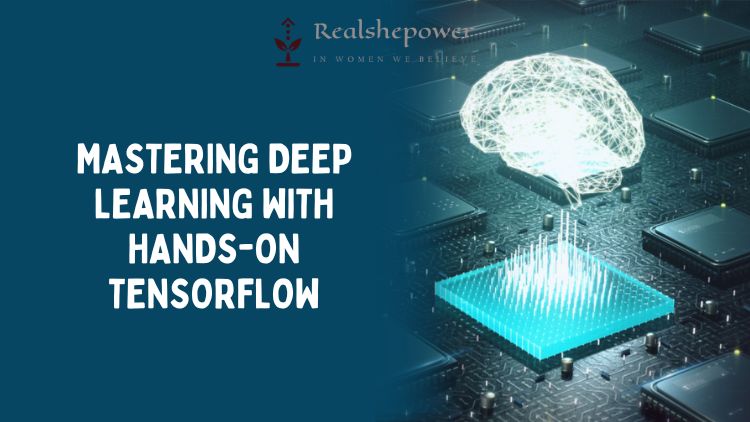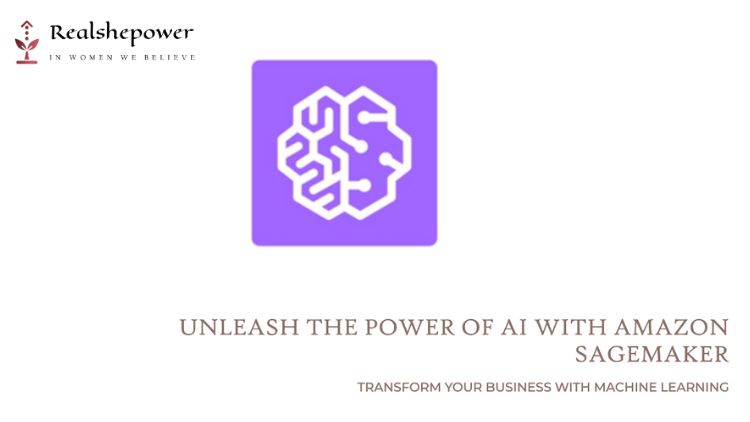Practical TensorFlow: Teaching Deep Learning with Hands-on Examples


Reinforcement Learning with TensorFlow: Mastering Intelligent Decision-Making

Introduction
Reinforcement learning is a branch of machine learning that focuses on training agents to make sequential decisions in an environment to maximize rewards. Unlike supervised or unsupervised learning, reinforcement learning involves an agent interacting with an environment, learning from feedback in the form of rewards or punishments. TensorFlow, with its flexible computational graph and powerful optimization capabilities, provides an ideal framework for implementing and training reinforcement learning models.
In this article, we will embark on a journey to master reinforcement learning with Practical TensorFlow. We will explore the fundamental concepts, algorithms, and practical applications of reinforcement learning. By the end of this guide, you will have the skills and knowledge to develop intelligent agents that can learn and make optimal decisions.
Let’s dive into the world of reinforcement learning with TensorFlow and unleash the power of intelligent decision-making!
Understanding Reinforcement Learning
Markov Decision Processes (MDPs)
At the core of reinforcement learning lies the concept of Markov Decision Processes (MDPs). MDPs provide a mathematical framework to model sequential decision-making problems. An MDP consists of a set of states, actions, transition probabilities, rewards, and a discount factor. By formulating a problem as an MDP, we can apply reinforcement learning algorithms to find optimal policies that maximize cumulative rewards.
Q-Learning: The Basics of Model-free Reinforcement Learning
Q-Learning is a popular model-free reinforcement learning algorithm that learns an optimal action-value function called Q-values. The Q-values represent the expected cumulative rewards an agent can achieve by taking a particular action in a specific state. The agent explores the environment, updates the Q-values based on observed rewards, and gradually converges to an optimal policy.
Implementing Reinforcement Learning with TensorFlow
Deep Q-Networks (DQNs)
Deep Q-Networks (DQNs) combine reinforcement learning with deep neural networks to handle high-dimensional state and action spaces. DQNs utilize deep neural networks as function approximators to estimate the Q-values. TensorFlow’s flexibility and computational power make it an excellent choice for implementing DQNs.
To build a DQN with TensorFlow, follow these steps:
- Step 1: Define the Neural Network Architecture
- Design a deep neural network to approximate the Q-values.
- Common architectures include convolutional neural networks (CNNs) for visual input and fully connected networks for low-dimensional input.
- Step 2: Experience Replay
- Store the agent’s experiences (state, action, reward, next state) in a replay buffer.
- Randomly sample mini-batches from the replay buffer during training to break the temporal correlations.
- Step 3: Training the DQN
- Initialize the DQN’s weights.
- Interact with the environment, collect experiences, and update the Q-network using the Q-Learning algorithm.
By implementing DQNs in TensorFlow, you can train agents to solve challenging reinforcement learning tasks, such as playing video games or controlling robotic systems.
FAQs
Q1: Is reinforcement learning suitable for real-world applications?
A1: Absolutely! Reinforcement learning has found applications in various fields, including robotics, game playing, finance, and healthcare. It has been used to develop autonomous agents, optimize resource allocation, and make intelligent decisions in complex environments.
Q2: Do I need prior knowledge of machine learning to learn reinforcement learning with TensorFlow?
A2: Familiarity with basic concepts of machine learning, such as supervised and unsupervised learning, would be helpful. However, you can still dive into reinforcement learning with TensorFlow even if you’re new to the field. Practical TensorFlow will guide you through the fundamental concepts and provide hands-on examples to facilitate your learning journey.
Master Intelligent Decision-Making with Reinforcement Learning and TensorFlow
Congratulations on embarking on the journey of reinforcement learning with TensorFlow! By understanding the foundations, algorithms, and practical implementations of reinforcement learning, you have unlocked the power of intelligent decision-making.
As you continue to explore reinforcement learning, remember to experiment with different algorithms, architectures, and environments. Reinforcement learning is a rapidly evolving field, and staying curious and up-to-date with the latest advancements will fuel your growth as a reinforcement learning practitioner.
You can now write for RSP Magazine and be a part of the community. Share your stories and opinions with us here.








